According to archaeologists, before toothpaste existed, ancient people still had many methods to take care of their teeth. For example, in ancient and feudal times in China, people often used their fingers to rub their teeth or used tree branches as tools.
According to records from the Sui and Tang dynasties, ancient people often used willow branches instead of toothbrushes. They would take a straight willow branch, shape it into a toothbrush, soak it in water in their mouths, and then rub it from the inside out. Sometimes, they also combined it with tooth powder to increase the cleaning effect.
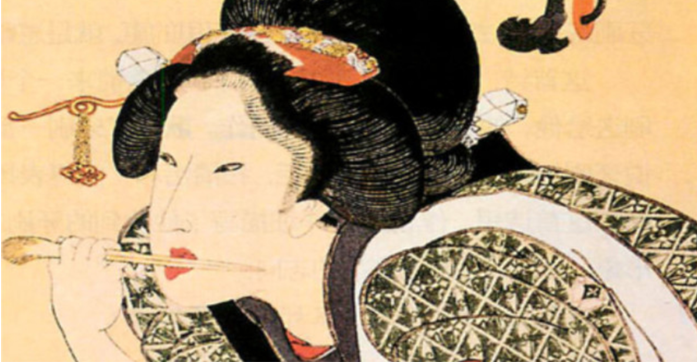
Ancient people did not use toothpaste but had many other methods to clean their teeth. (Photo: Sohu)
According to recorded documents, it can be seen that since the Spring and Autumn period, people often used salt water, tea, wine or vinegar to rinse their mouths.
The previous generation started using toothbrushes - from the Song Dynasty. They used horsetail hair attached to tree branches to make a “brush” to brush their teeth.
Of course, the ancients did not stop at brushing their teeth, but also used other natural products to ensure fresh breath. During the Ming Dynasty, historical documents recorded the ancients using tooth powder. This powder had the dual role of cleaning teeth and treating oral problems.
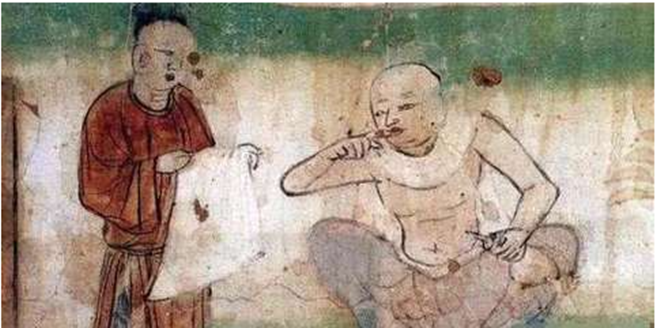
Instead of using toothpaste, ancient people used tooth powder made from different herbs. (Photo: Sohu)
The main ingredients of the tooth cleaning powder are codonopsis pilosula, fresh ginger, cimicifuga, rehmannia glutinosa, cassia seed, sophora japonica, asarum, polygala tenuifolia and asarum which have been ground and used to clean teeth.
These herbs effectively reduce bad breath, soothe burning sensations in the mouth, remove stains on teeth and protect healthy teeth. Depending on the period, the composition of toothpaste also changes.
Quoc Thai (Source: Sohu)
Source



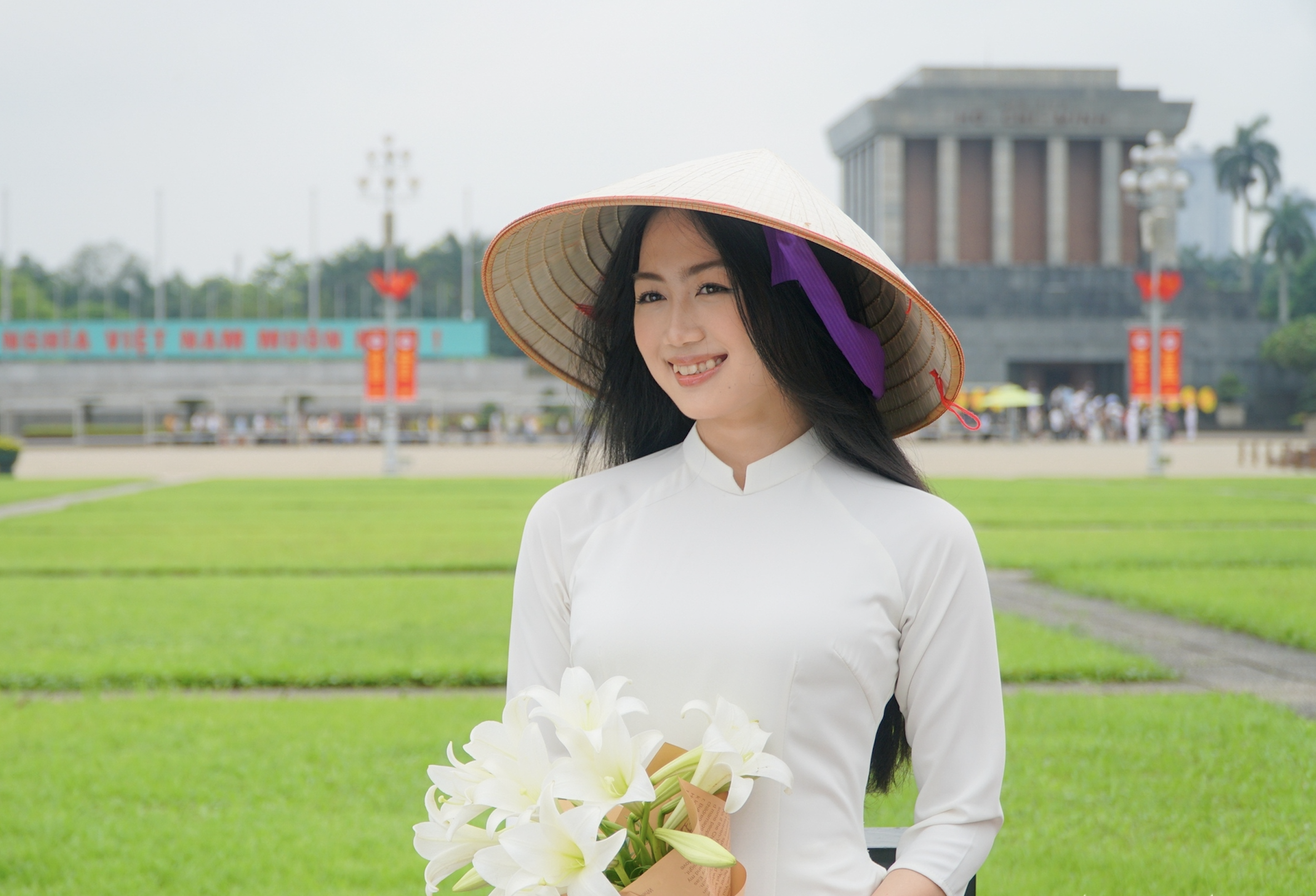
![[Photo] Prime Minister Pham Minh Chinh receives Cambodian Minister of Commerce](https://vstatic.vietnam.vn/vietnam/resource/IMAGE/2025/4/28/be7f31fb29aa453d906df179a51c14f7)


![[Photo] Prime Minister Pham Minh Chinh and Japanese Prime Minister Ishiba Shigeru attend the Vietnam - Japan Forum](https://vstatic.vietnam.vn/vietnam/resource/IMAGE/2025/4/29/fc09c3784d244fb5a4820845db94d4cf)








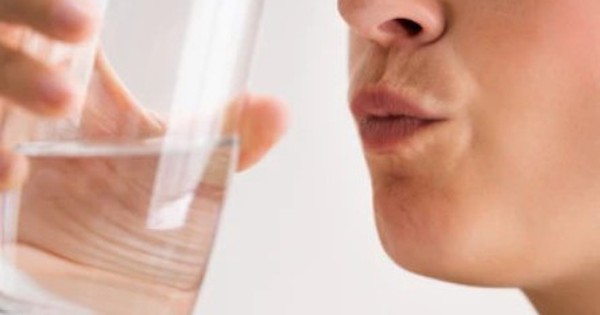















![[Photo] Signing ceremony of cooperation and document exchange between Vietnam and Japan](https://vstatic.vietnam.vn/vietnam/resource/IMAGE/2025/4/28/e069929395524fa081768b99bac43467)
![[Photo] A long line of young people in front of Nhan Dan Newspaper, recalling memories of the day the country was reunified](https://vstatic.vietnam.vn/vietnam/resource/IMAGE/2025/4/28/4709cea2becb4f13aaa0b2abb476bcea)









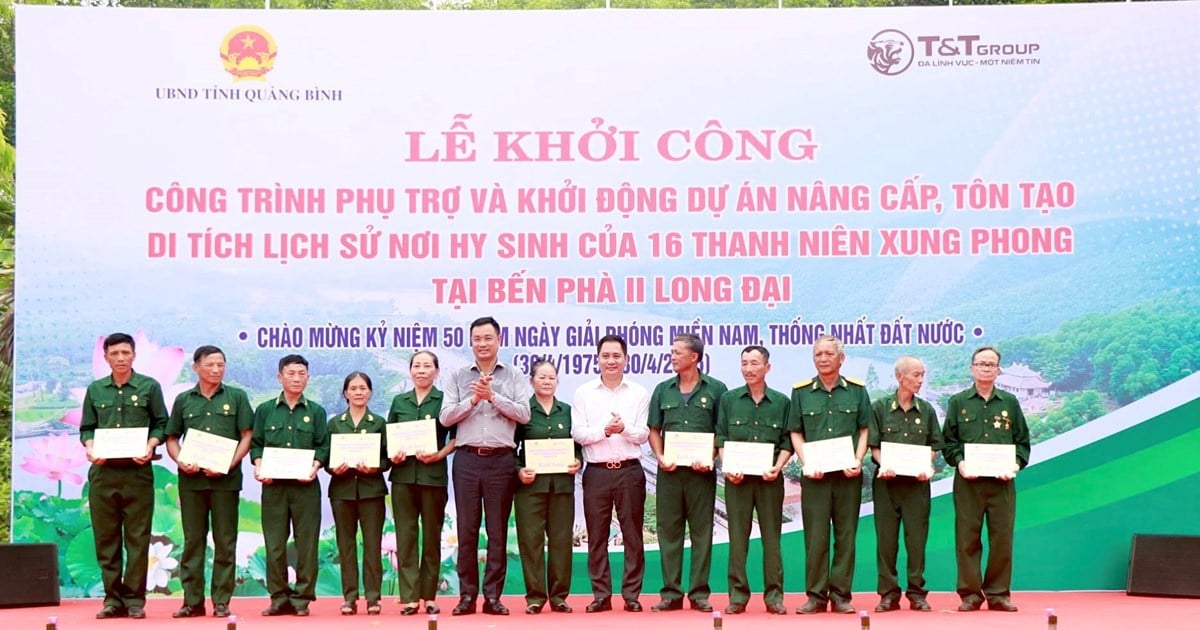








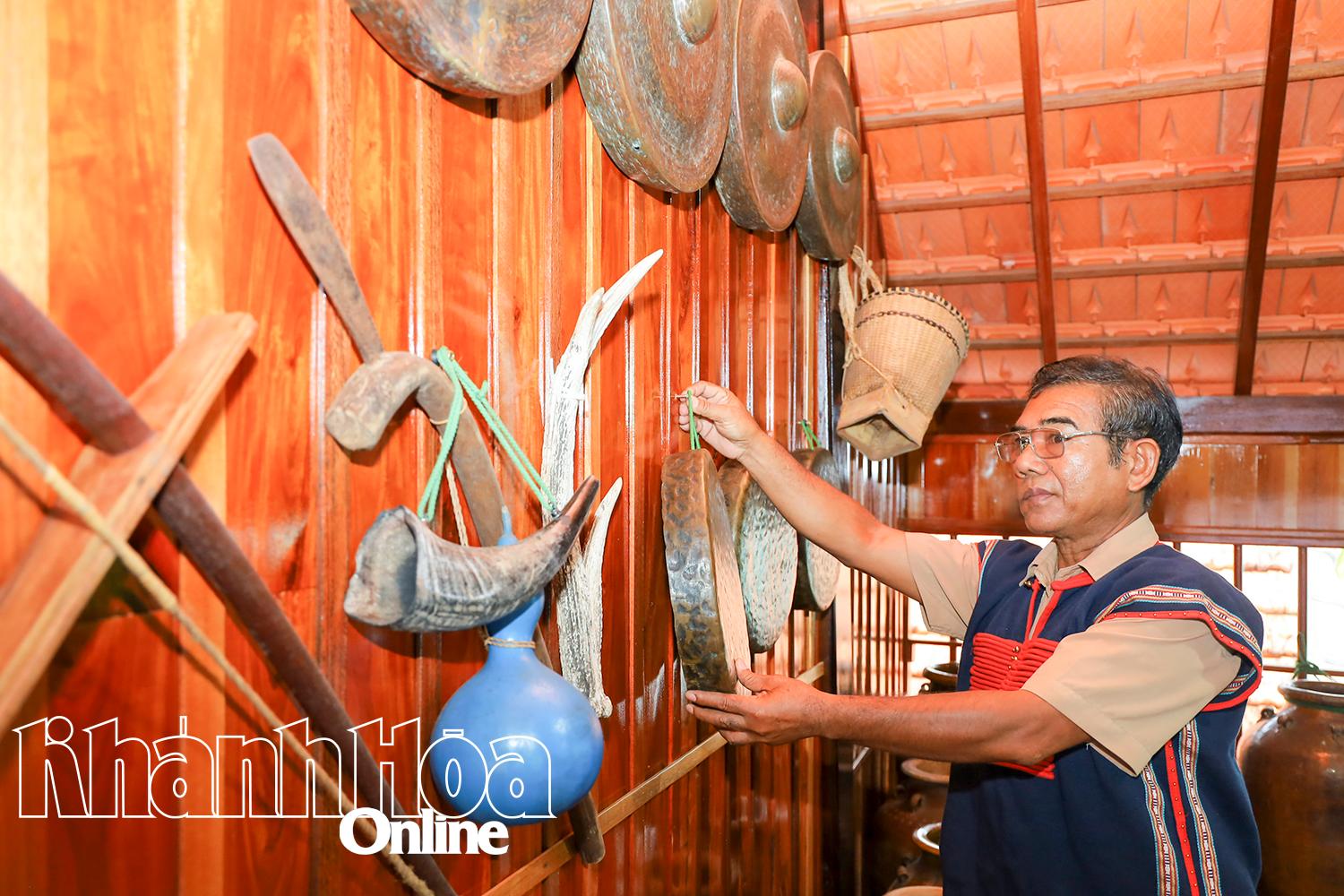





















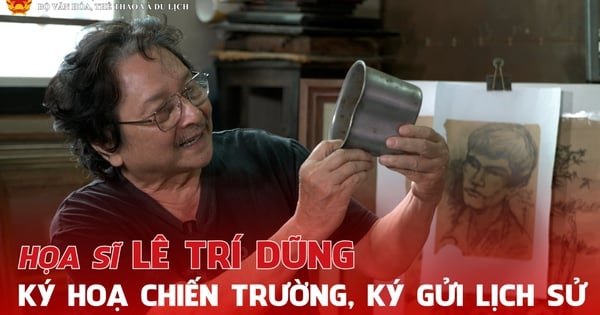





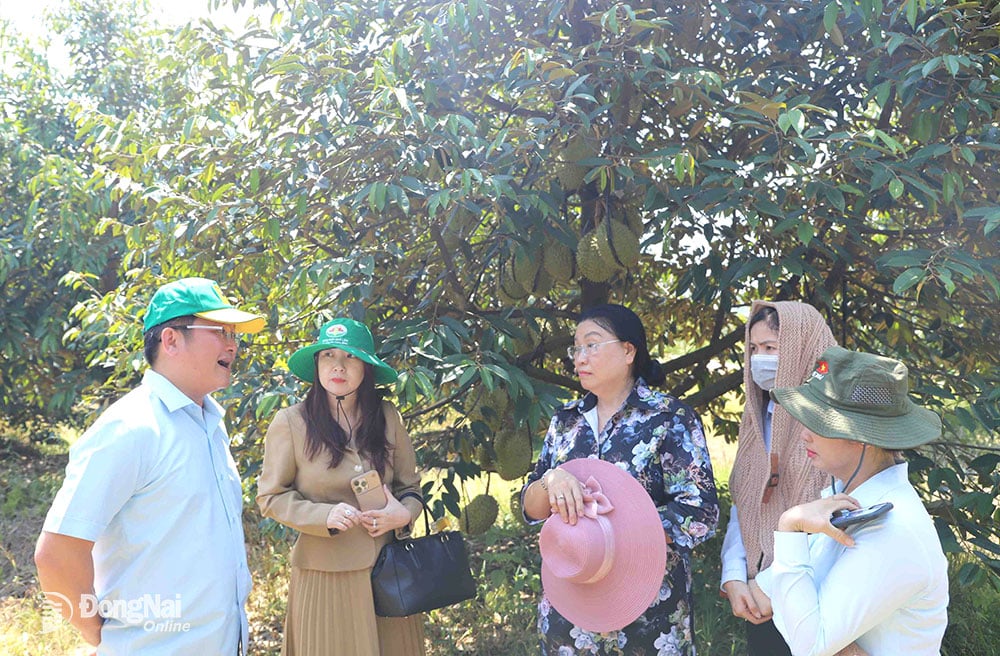










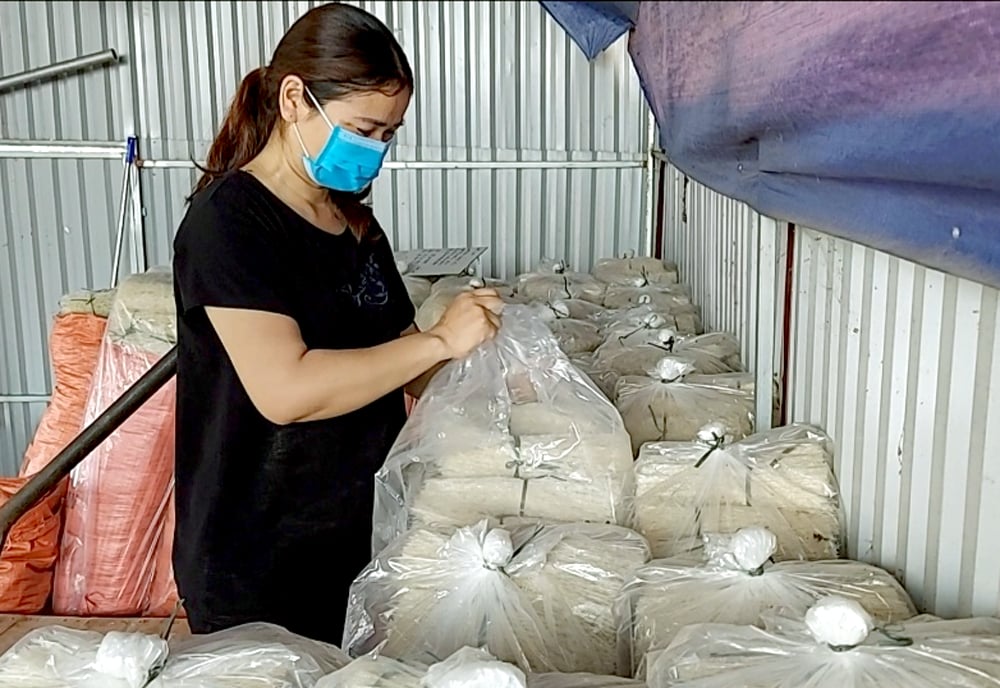

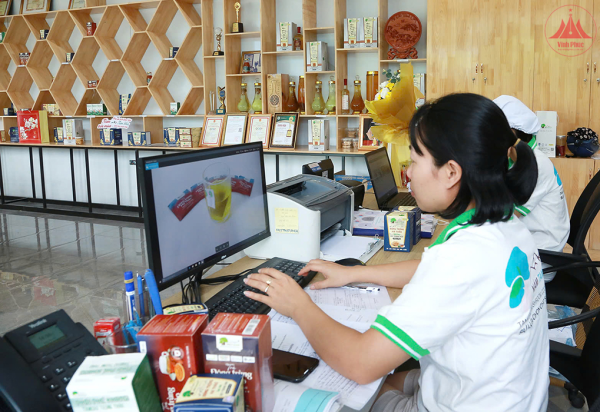
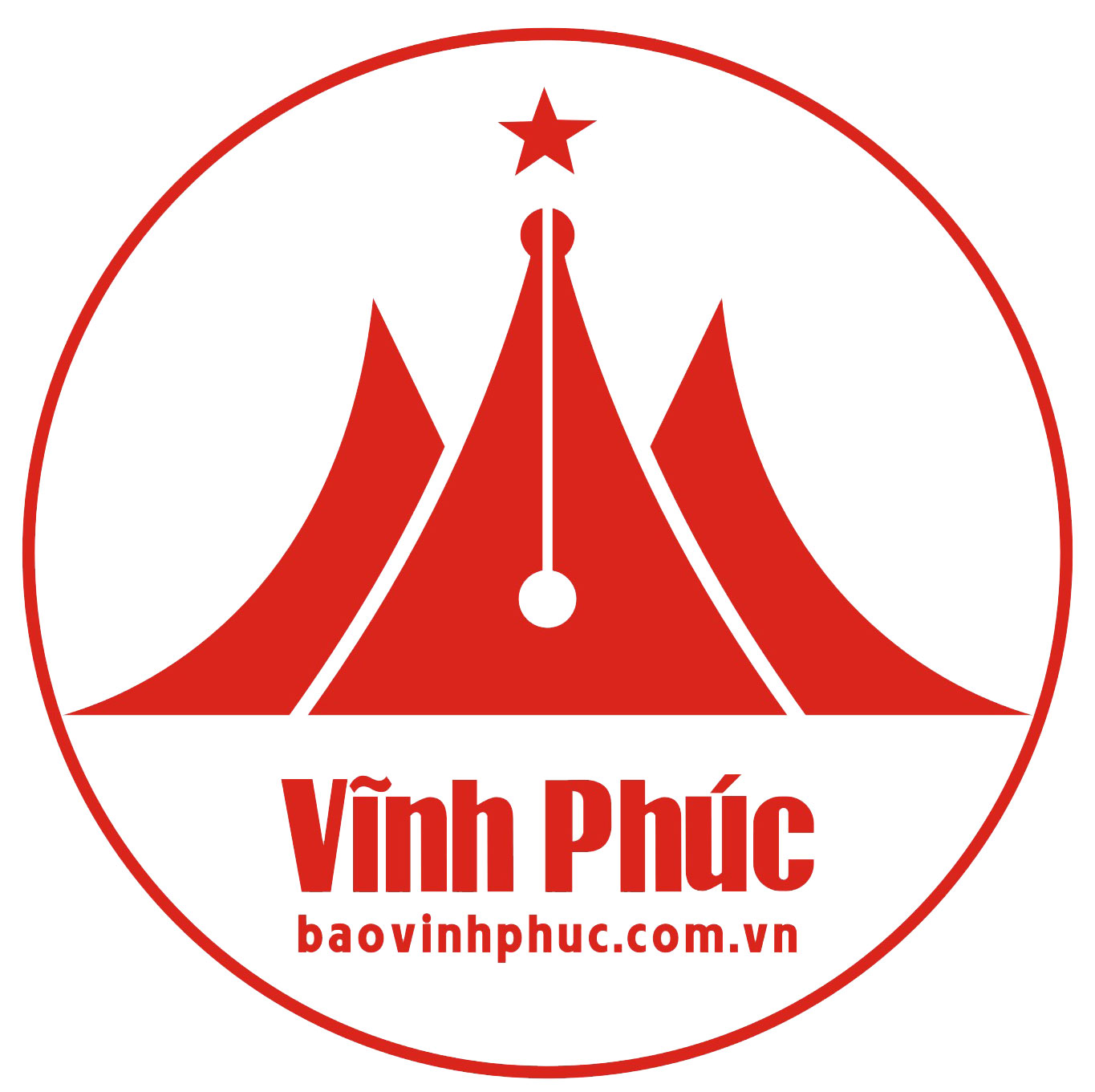







Comment (0)